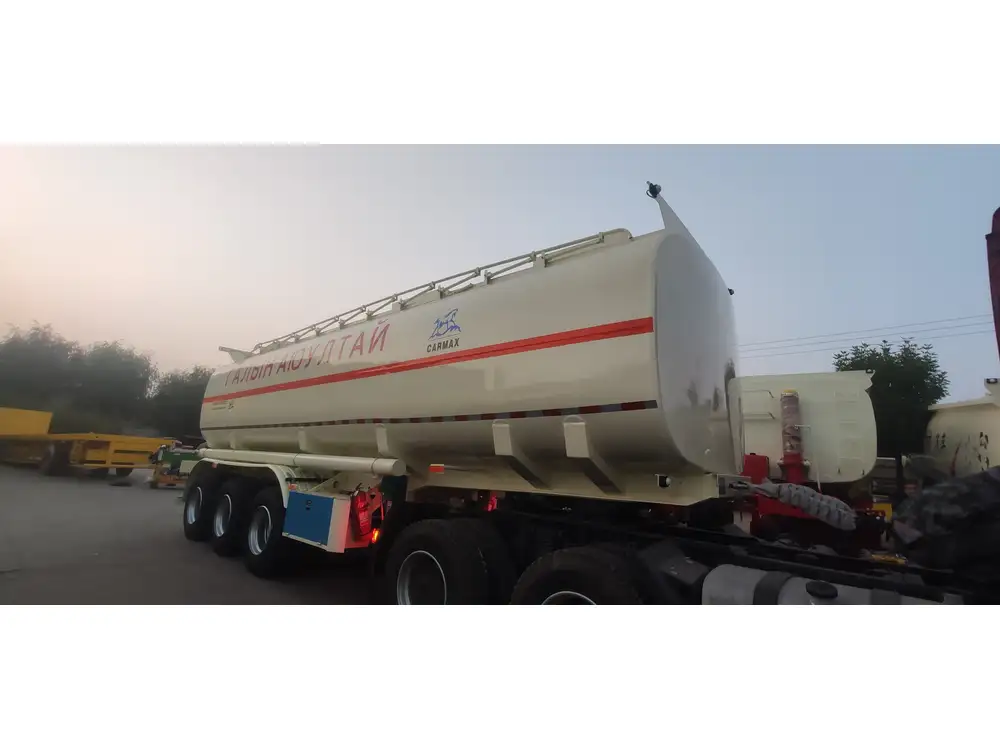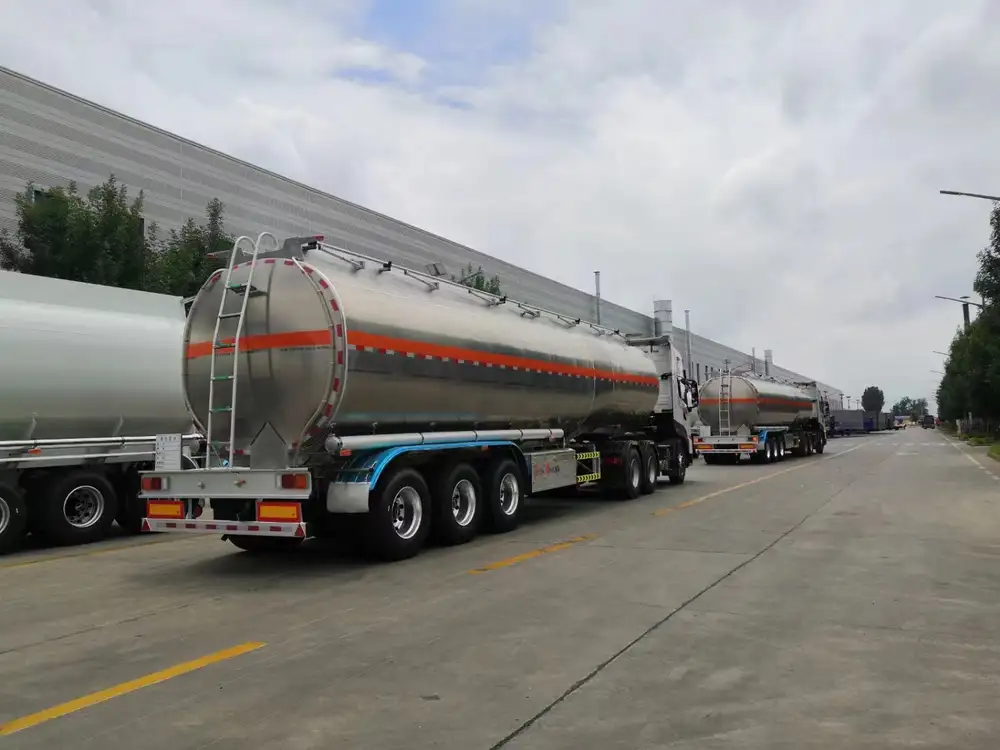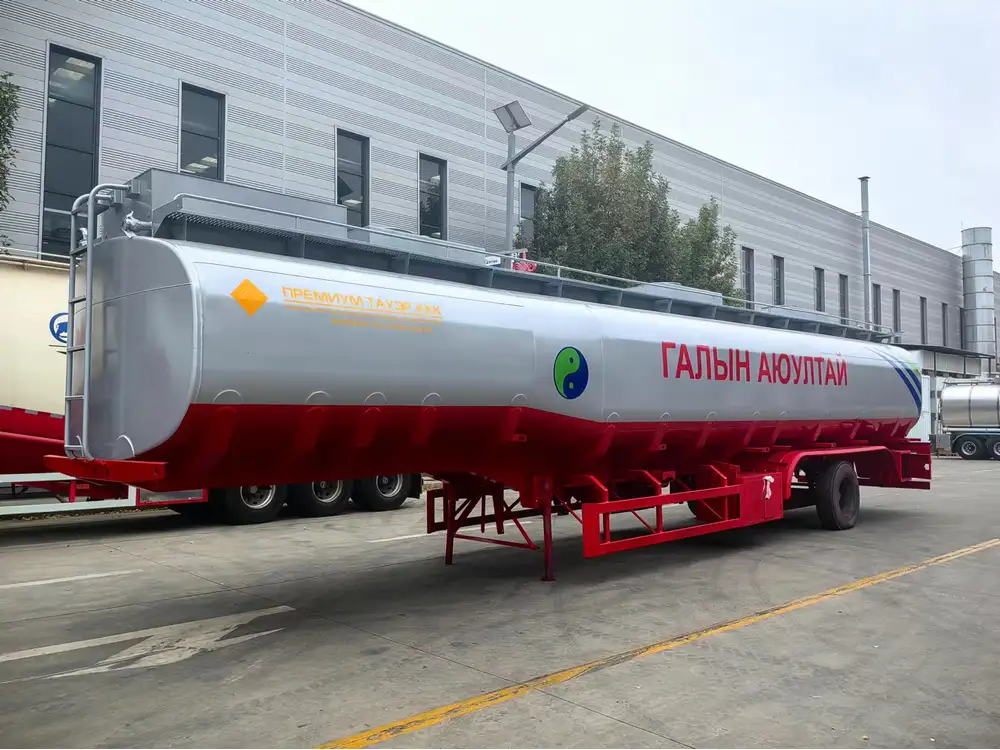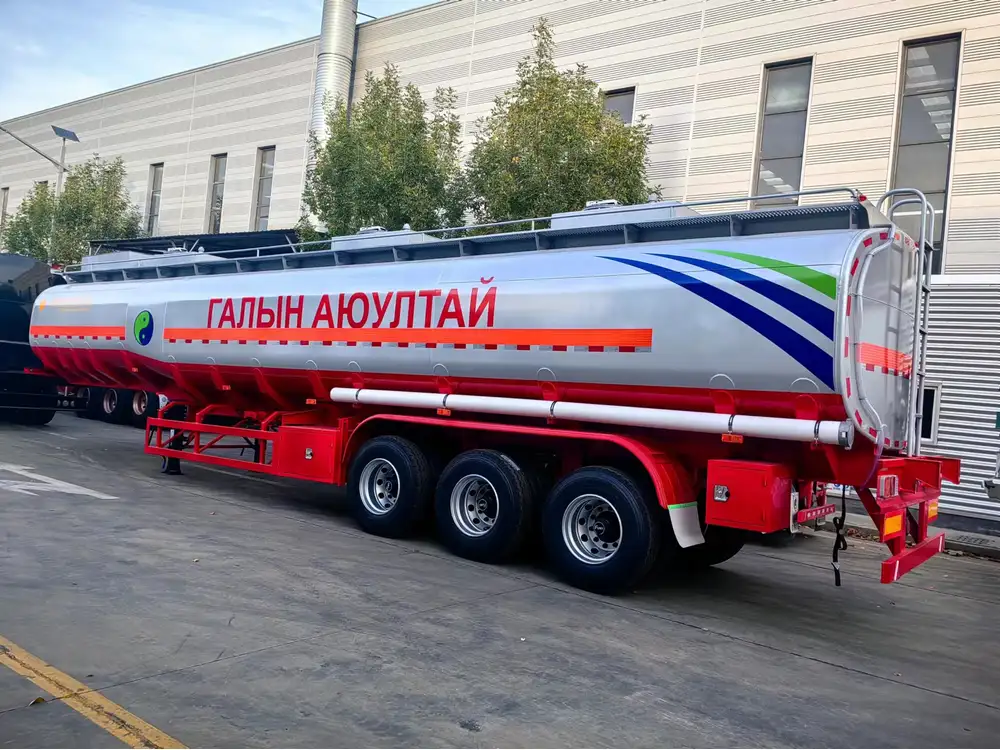In the evolving landscape of the petroleum industry, the demand for efficient and reliable transportation solutions is paramount. Bottom loading petroleum tankers for sale in Niger offer an innovative approach to the movement of fuel, ensuring safety, efficiency, and reduced environmental impact. This article explores the various facets of bottom loading petroleum tankers, their advantages, and considerations for potential buyers and operators in Niger.
Understanding Bottom Loading Petroleum Tankers
Bottom loading petroleum tankers are specialized vehicles designed to facilitate the loading and unloading of liquids, particularly petroleum products, directly from the bottom of the tank. This design allows for a streamlined process, which possesses several key advantages over traditional loading methods.
Key Features of Bottom Loading Petroleum Tankers
- Safety: Reduces spill risks by minimizing exposure of the liquid to the atmosphere during transfer.
- Efficiency: Faster loading and unloading times due to the reduced number of connections required.
- Environmental Impact: Lower emissions and spill potential, contributing to safeguarding the environment.
- Innovative Design: Equipped with advanced technology for leak detection, monitoring, and management.
These vehicles are engineered to meet rigorous safety standards, making them suitable for the demanding environments in which they operate.

Benefits of Using Bottom Loading Petroleum Tankers in Niger
From maximizing efficiency to promoting safety, bottom loading petroleum tankers present substantial benefits for operators in Niger’s growing petroleum sector.
1. Enhanced Operational Efficiency
In areas with increasing fuel demand, quickly transporting products is crucial. Traditional top-loading tankers can lead to extended downtime due to cumbersome equipment setups and potential spills. Bottom loading tankers streamline this process, allowing operators to maximize delivery frequency and minimize logistical complexities.
2. Improved Safety Standards
Safety is paramount in petroleum transportation. Traditional loading systems often lead to spills and breaches that pose risks to both personnel and the environment. Bottom loading systems minimize these risks significantly through closed transfer methods, robust safety features, and real-time monitoring systems.

3. Environmental Compliance
Given the global emphasis on environmental sustainability, employing bottom loading petroleum tankers aligns with regulatory measures aimed at reducing oil spills and emissions. This not only aids compliance with local and international regulations but also enhances a company’s reputation in a competitive market.
4. Cost-effectiveness
While the initial investment in bottom loading petroleum tankers may be higher than traditional models, the long-term savings associated with reduced spills, shorter loading/unloading times, and better fuel efficiency can lead to substantial cost benefits. The operational lifespan of these tankers, combined with lower maintenance requirements, maximizes return on investment (ROI) for oil and gas companies.
Specifications and Features of CarMax Vehicle Tankers
When considering bottom loading petroleum tankers for sale in Niger, it is essential to examine the specifications and features offered by manufacturers like CarMax Trailer. Understanding these details can facilitate informed purchasing decisions.
| Feature | Description |
|---|---|
| Capacity | Ranges from 20,000 to 40,000 liters, tailored to meet various operational needs. |
| Material | Constructed from high-grade corrosion-resistant materials ensuring longevity. |
| Pump Type | Integrated electrically-driven pumps for efficient and quick loading/unloading. |
| Safety Systems | Dual containment systems, emergency shut-off valves, and anti-static features. |
| Technology | Equipped with automated loading systems and digital monitoring interfaces. |
| Customization Options | Tailored tank sizes and additional compartments based on specific client requirements. |
Such features not only optimize daily operations but also ensure compliance with safety regulations and industry standards.

Operational Considerations
Acquiring bottom loading petroleum tankers entails various operational considerations that should not be overlooked. Company executives and procurement officers must conduct a thorough analysis when selecting the right solution.
Regulatory Compliance
Operators in Niger must abide by stringent regulatory frameworks regarding liquid petroleum transportation. Familiarity with Niger’s regulations and environmental laws governing the use of petroleum tankers is essential. Working closely with regulatory bodies can facilitate compliance and enhance operational confidence.
Training and Safety Protocols
Investing in crew training is paramount. Personnel must be well-versed in operational protocols, safety practices, and emergency procedures related to bottom loading systems. This ensures a culture of safety and preparedness, minimizing risks during daily operations.

Maintenance and Support
Regular maintenance is a must for sustaining the longevity of bottom loading tankers. Operators should establish robust maintenance programs that include regular inspections, adherence to service schedules, and immediate repairs as needed. Selecting a manufacturer, such as CarMax Vehicle, that offers ongoing support and service can also enhance operational reliability.
Market Trends in Petroleum Transportation
The petroleum transportation industry in Niger is experiencing myriad shifts driven by environmental regulations, market demands, and technological advancements. These trends significantly influence the adoption of bottom loading petroleum tankers.
Growing Sustainable Practices
With a growing awareness of environmental issues, industry participants are increasingly adopting technologies that enhance sustainability. Bottom loading tankers represent a significant step forward in curbing spills and emissions, thereby positioning companies favorably within their markets.

Technological Innovations
The integration of advanced technologies—such as IoT devices for real-time monitoring and rugged telematics systems—within bottom loading petroleum tankers is revolutionizing monitoring and efficiency practices. Such innovations enable operators to manage their fleets effectively and respond swiftly to any discrepancies.
Evolving Consumer Preferences
As consumers align themselves with environmentally responsible companies, manufacturers producing bottom loading petroleum tankers must emphasize sustainable practices proactively. The ability to communicate high environmental standards will not only enhance brand loyalty but also increase market share.
FAQs

What is the typical capacity of bottom loading petroleum tankers for sale in Niger?
Typical capacities range from 20,000 to 40,000 liters, depending on operational requirements. Custom sizes may also be available.
Who manufactures bottom loading petroleum tankers?
CarMax Vehicle manufactures high-quality bottom loading petroleum tankers designed for efficiency and safety.
What maintenance is required for these tankers?
Regular inspections, adherence to service schedules, and immediate repairs as needed are crucial for sustaining the longevity of bottom loading tankers.

Are there specific safety regulations for operating bottom loading petroleum tankers in Niger?
Yes, operators must comply with local regulations related to liquid petroleum transport, which emphasize safety measures to minimize spills and accidents.
In summary, as the petroleum industry in Niger expands, leveraging bottom loading petroleum tankers becomes not only advantageous but essential. Emphasizing safety, efficiency, and compliance through the adoption of advanced tanker designs can secure a competitive edge within this vibrant market. Explore the bottom loading petroleum tankers for sale in Niger and enhance your operational capabilities today!













Reviews
There are no reviews yet.